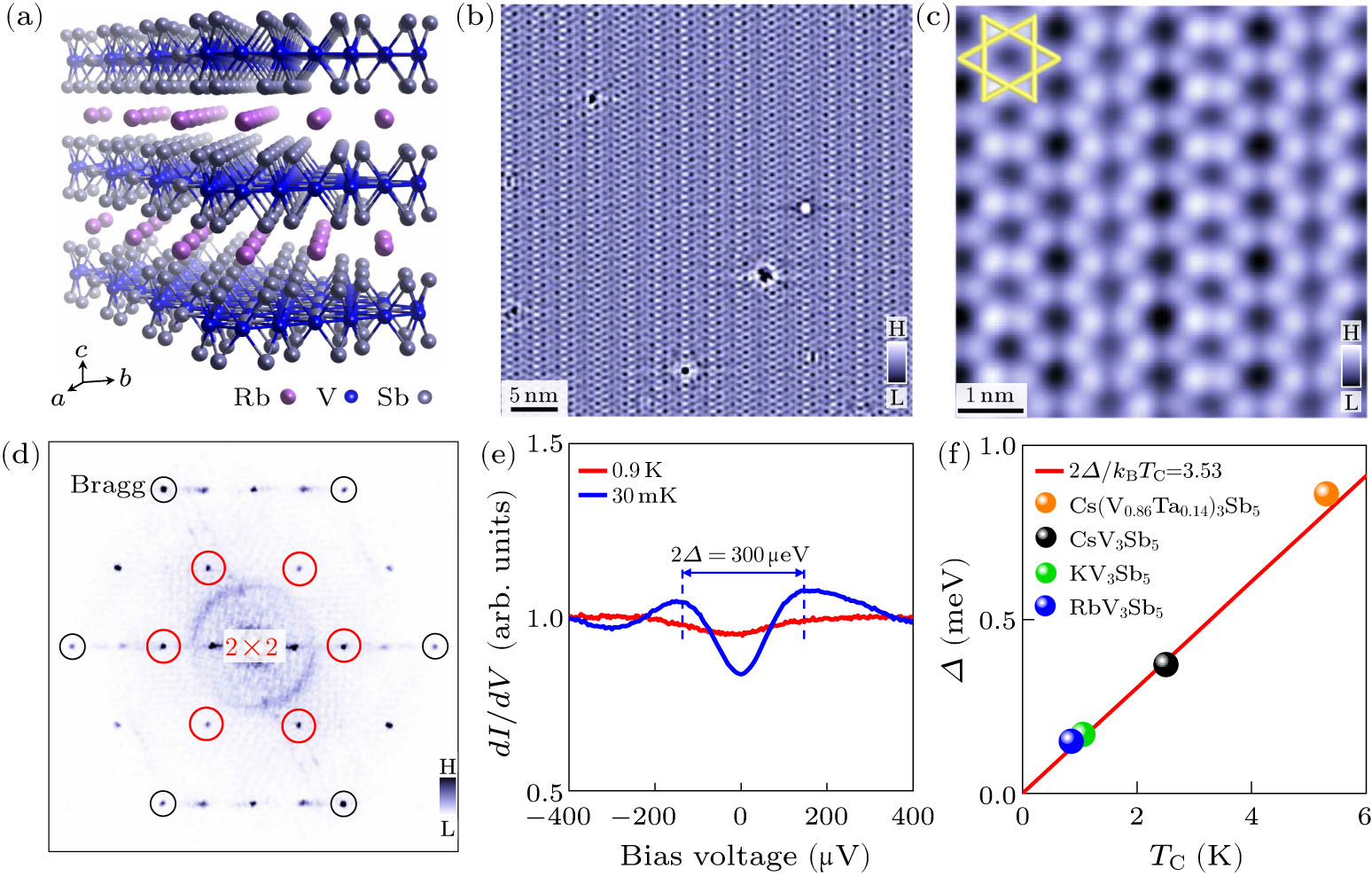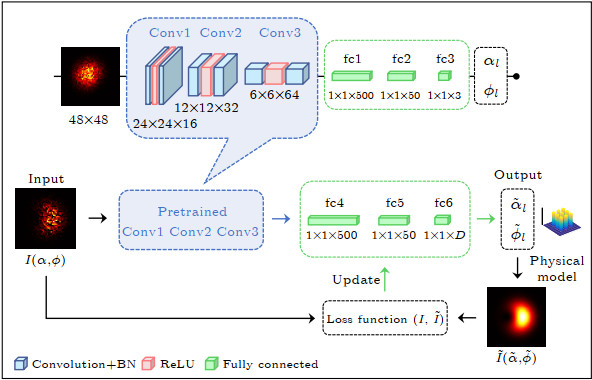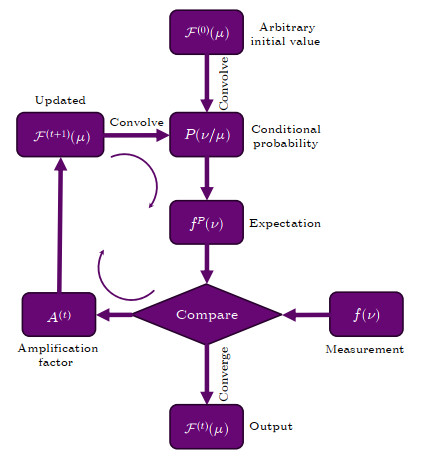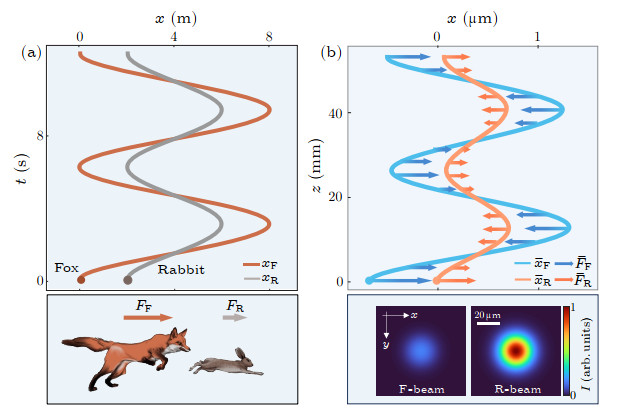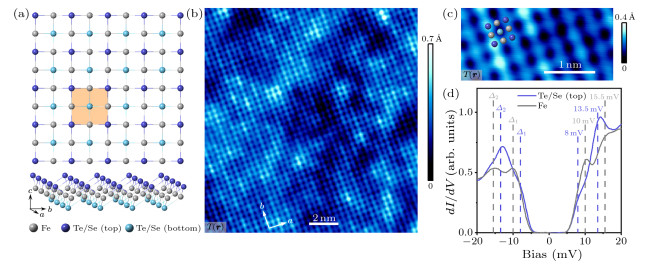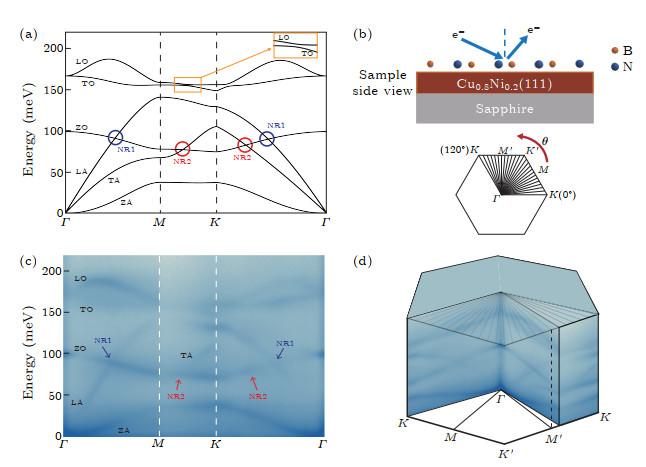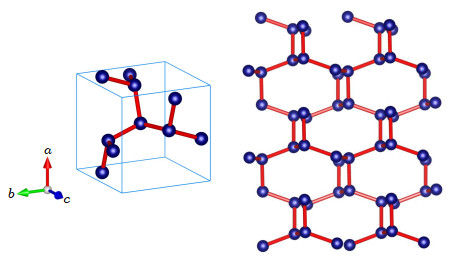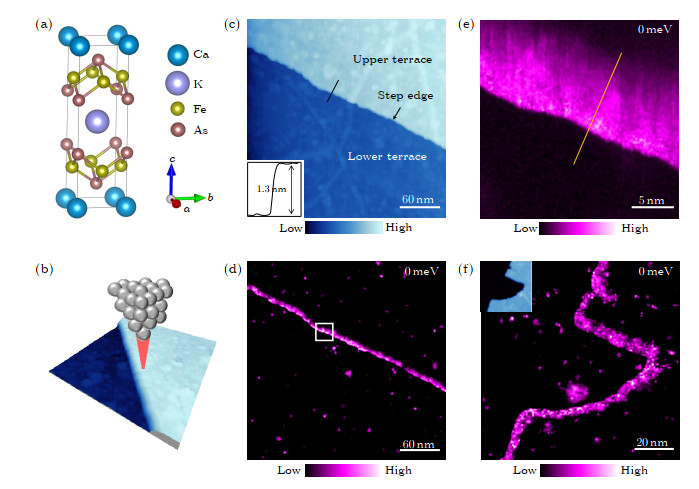Express LettersMore+
Xiao-Yu Yan,
Hanbin Deng,
Tianyu Yang,
Guowei Liu,
Wei Song,
Hu Miao,
Zhijun Tu,
Hechang Lei,
Shuo Wang,
Ben-Chuan Lin,
Hailang Qin,
Jia-Xin Yin
Chin. Phys. Lett. 41, 097401 (2024)
Chin. Phys. Lett. 42, 024202 (2025)
Chin. Phys. Lett. 42, 027404 (2025)
Runteng Chen(陈润滕),
Jun Zhang(张俊),
Zelong Wang(王泽龙),
Ke Lu(卢可),
Yi Peng(彭毅),
Jianfa Zhao(赵建发),
Shaomin Feng(冯少敏),
Changqing Jin(靳常青)
Chin. Phys. Lett. 41, 126102 (2024)
Lu Cao(曹路),
Geng Li(李更),
Wenyao Liu(刘文尧),
Ya-Bin Liu(刘亚彬),
Hui Chen(陈辉),
Yuqing Xing(邢宇庆),
Lingyuan Kong(孔令元),
Fazhi Yang(杨发枝),
Quanxin Hu(胡全欣),
Meng Li(李萌),
Xingtai Zhou(周兴泰),
Zichao Chen(陈子超),
Chenhang Ke(柯晨航),
Lunhui Hu(胡仑辉),
Guang-Han Cao(曹光旱),
Congjun Wu(吴从军),
Hong Ding(丁洪),
Hong-Jun Gao(高鸿钧)
Chin. Phys. Lett. 41, 117401 (2024)
Xiaolin Ren(任晓琳),
Ronny Sutarto,
Qiang Gao(高强),
Qisi Wang(王奇思),
Jiarui Li(李佳睿),
Yao Wang(王耀),
Tao Xiang(向涛),
Jiangping Hu(胡江平),
J. Chang,
Riccardo Comin,
X. J. Zhou(周兴江),
Zhihai Zhu(朱志海)
Chin. Phys. Lett. 41, 117404 (2024)
Xiao-Yu Yan,
Hanbin Deng,
Tianyu Yang,
Guowei Liu,
Wei Song,
Hu Miao,
Zhijun Tu,
Hechang Lei,
Shuo Wang,
Ben-Chuan Lin,
Hailang Qin,
Jia-Xin Yin
Chin. Phys. Lett. 41, 097401 (2024)
Browse by Field
- General
- The Physics of Elementary Particles and Fields
- Nuclear Physics
- Atomic and Molecular Physics
- Electromagnetism, Optics, Acoustics, Heat Transfer, Classical Mechanics, and Fluid Dynamics
- Physics of Gases, Plasmas, and Electric Discharges
- Condensed Matter: Structural, Mechanical, and Thermal Properties
- Condensed Matter: Electronic Structure, Electrical, Magnetic, and Optical Properties
- Interdisciplinary Physics and Related Areas of Science and Technology
- Geophysics, Astronomy, and Astrophysics
Collections
- Distinct Superconducting Gap on Two Bilayer-Split Fermi Surface Sheets in Bi$_2$Sr$_2$CaCu$_2$O$_{8+\delta}$ Superconductor
- Experimental Realization of an Intrinsic Magnetic Topological Insulator
- Electro-Optically Switchable Optical True Delay Lines of Meter-Scale Lengths Fabricated on Lithium Niobate on Insulator Using Photolithography Assisted Chemo-Mechanical Etching
- Possible Evidence for Spin-Transfer Torque Induced by Spin-Triplet Supercurrents
- Superconductivity and Fermi Surface Anisotropy in Transition Metal Dichalcogenide NbTe$_{2}$
- Superconductivity and Normal-State Properties of Kagome Metal RbV$_{3}$Sb$_{5}$ Single Crystals
- Influence of Parameters of Optical Fibers on Optical Soliton Interactions
- S-Wave Superconductivity in Kagome Metal CsV$_{3}$Sb$_{5}$ Revealed by
$^{121/123}$Sb NQR and$^{51}$V NMR Measurements - Highly Robust Reentrant Superconductivity in CsV$_{3}$Sb$_{5}$ under Pressure
- Soliton Rectangular Pulses and Bound States in a Dissipative System Modeled by the Variable-Coefficients Complex Cubic-Quintic Ginzburg–Landau Equation





